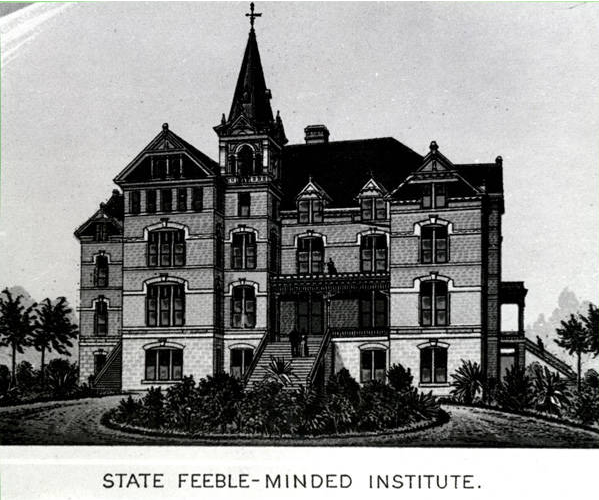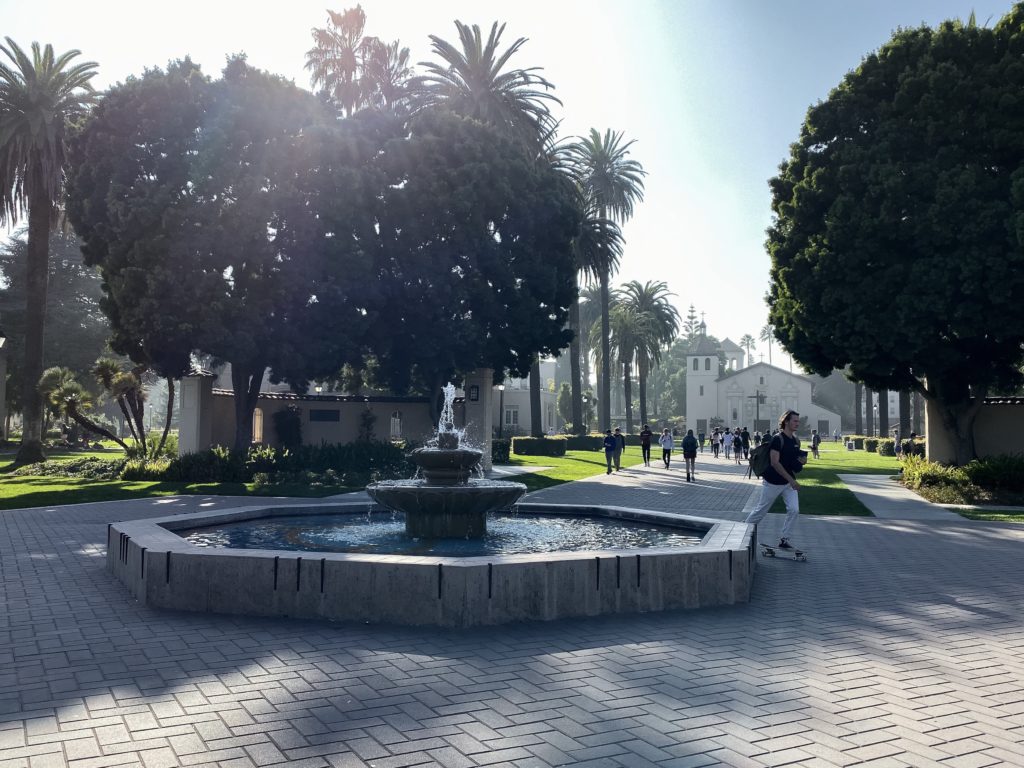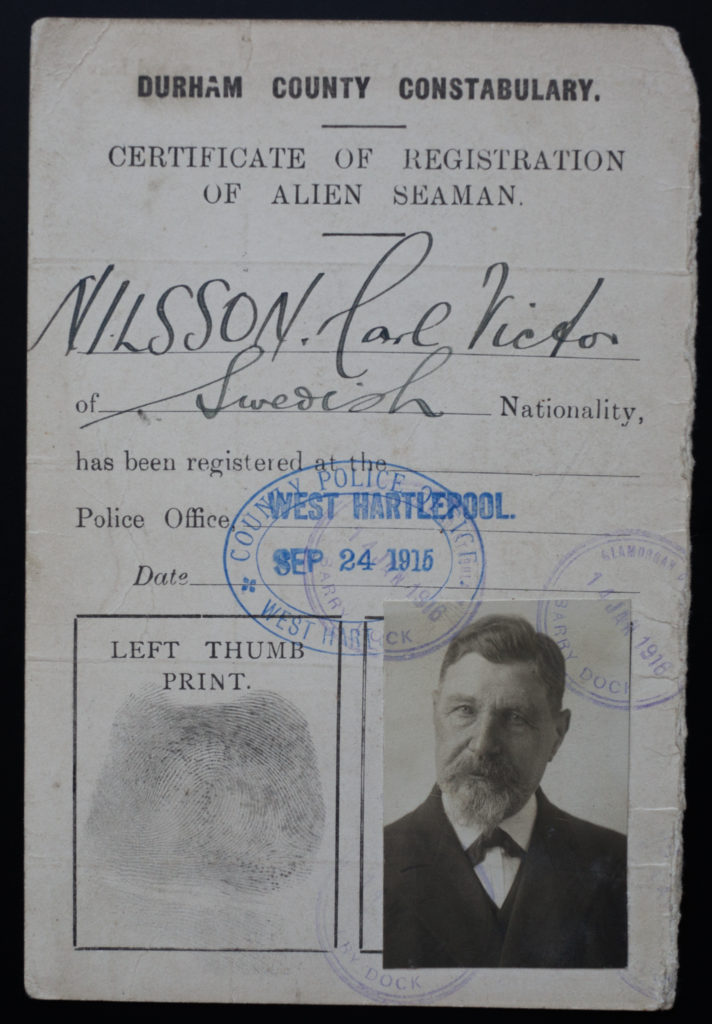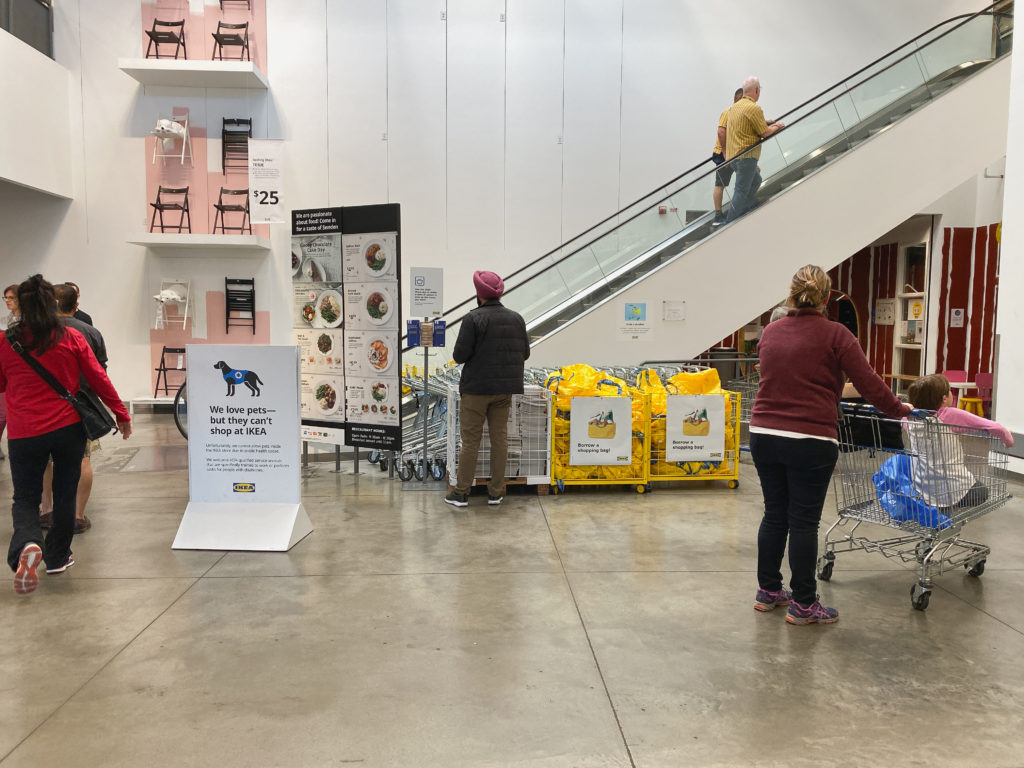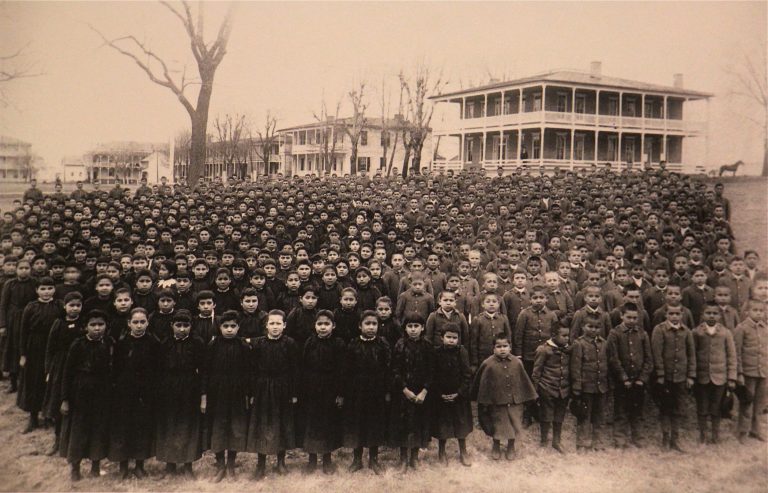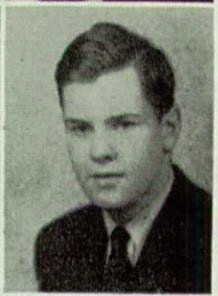
Published on June 16, 1886: Charles August Carlson, age 39, height about 5ft. 6 in., fair complexion, a Swede, for, on the 10th instant, at Adelaide, deserting his wife.
In other words, this man, of Swedish origin, deserted his wife on June 10, 1886, in Adelaide, South Australia.
The man could possibly be my 2nd cousin 3 times removed Carl August Carlsson, born on Aug. 13, 1849 on the island of Öland. He was a seaman, and from the mid 1870s onwards his whereabouts are unknown.
(Technically this story is outside the scope of the blog, but Carl August from Öland is missing and I think we should worry. And, for all we know he might have ended up an immigrant to the US. Several of his relatives were seamen too and several of them drowned in faraway places. I hope Carl August didn’t drown, and I hope he didn’t desert his wife.)
